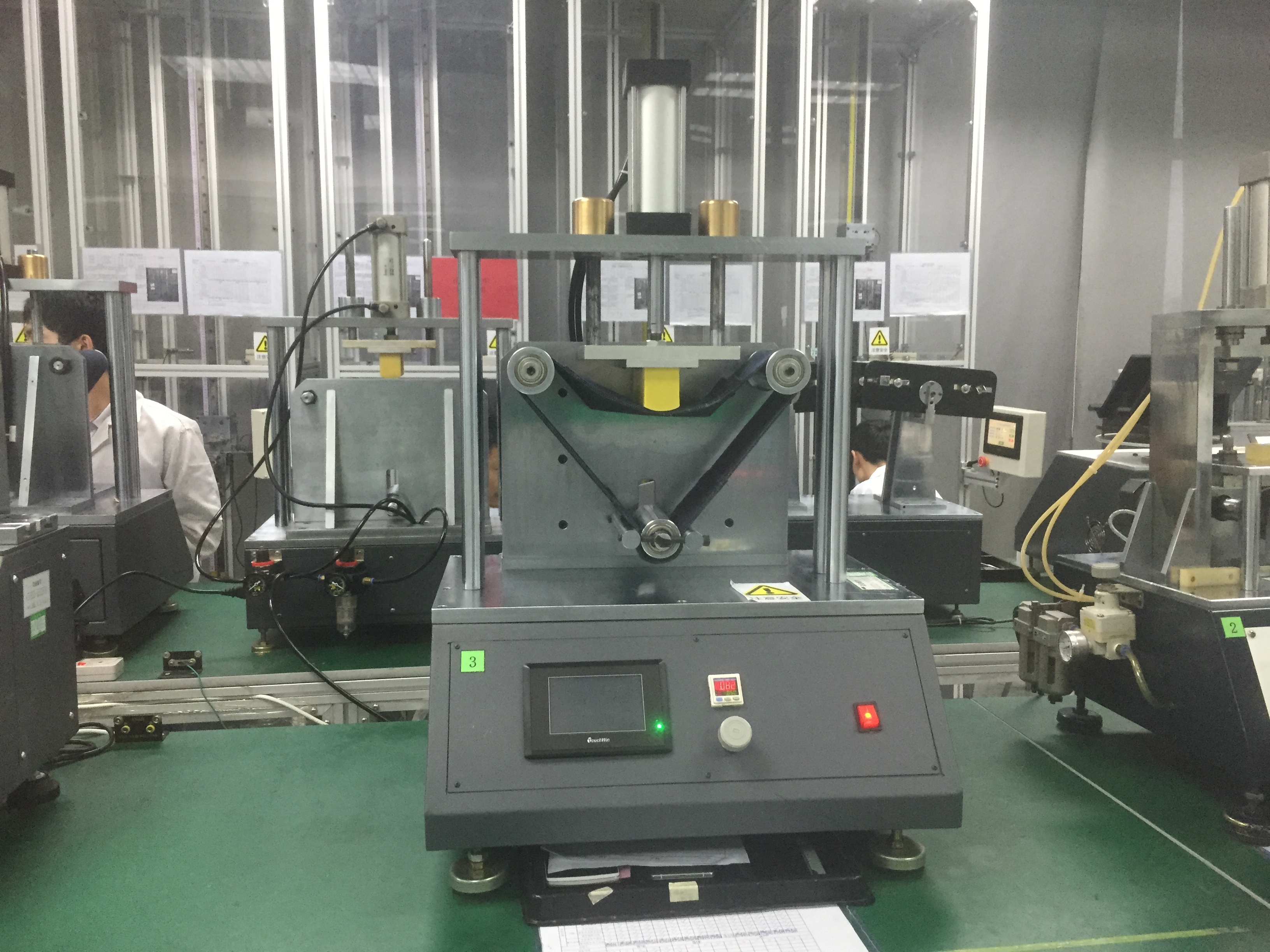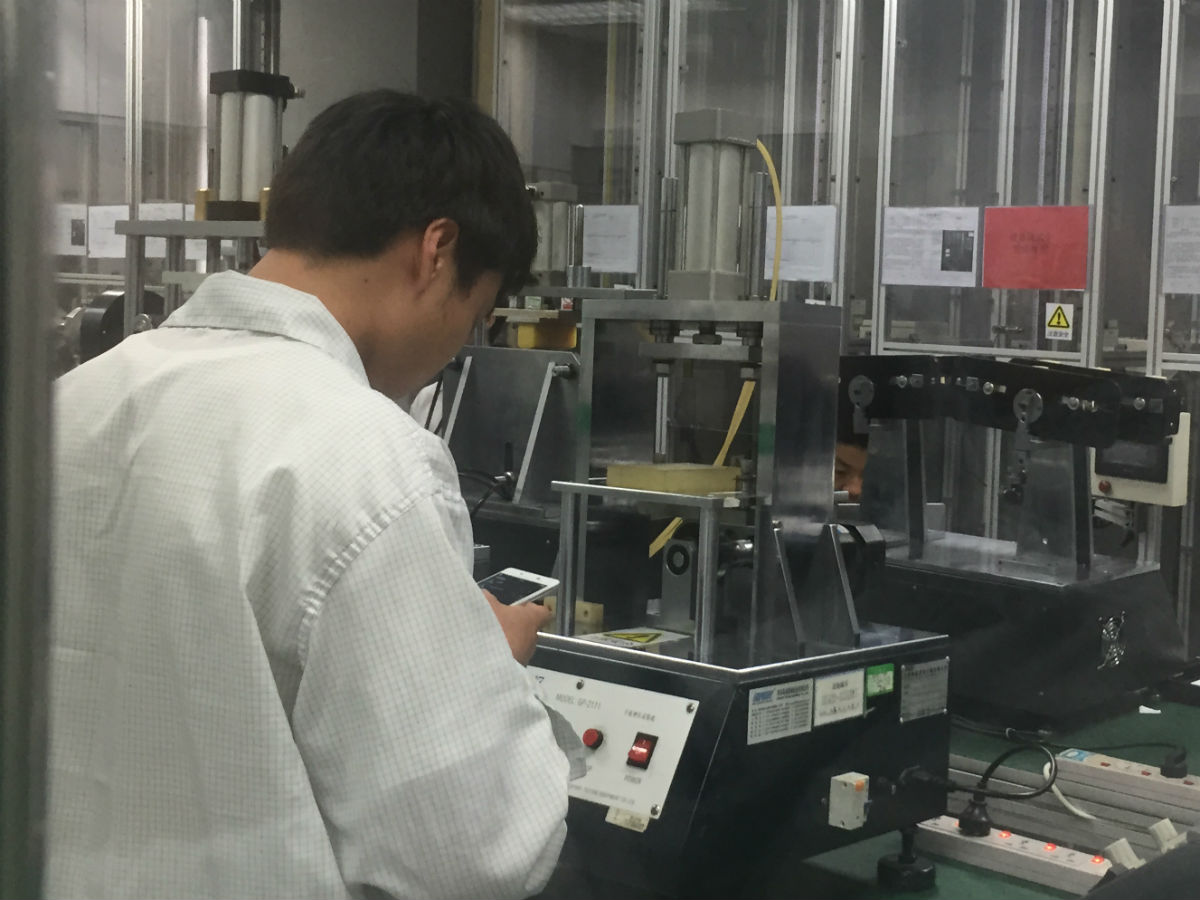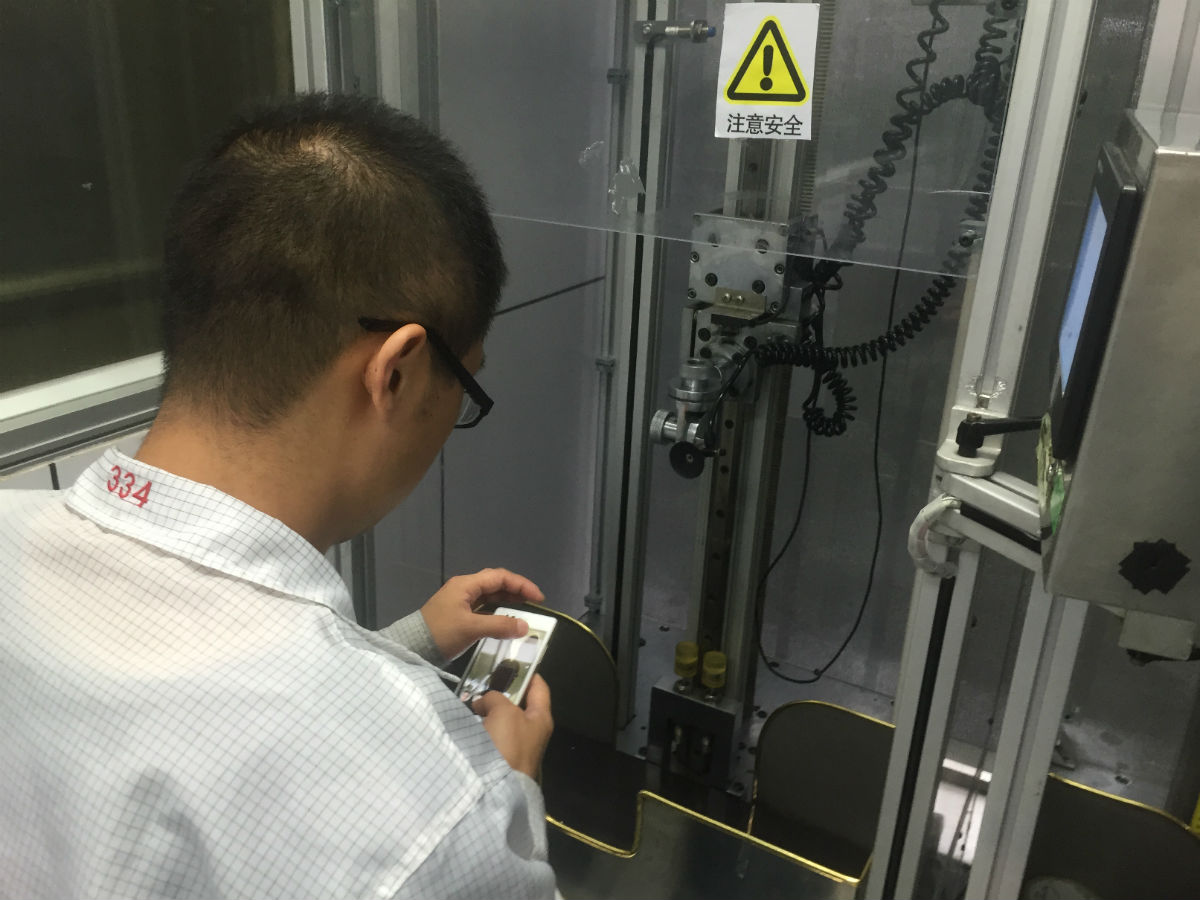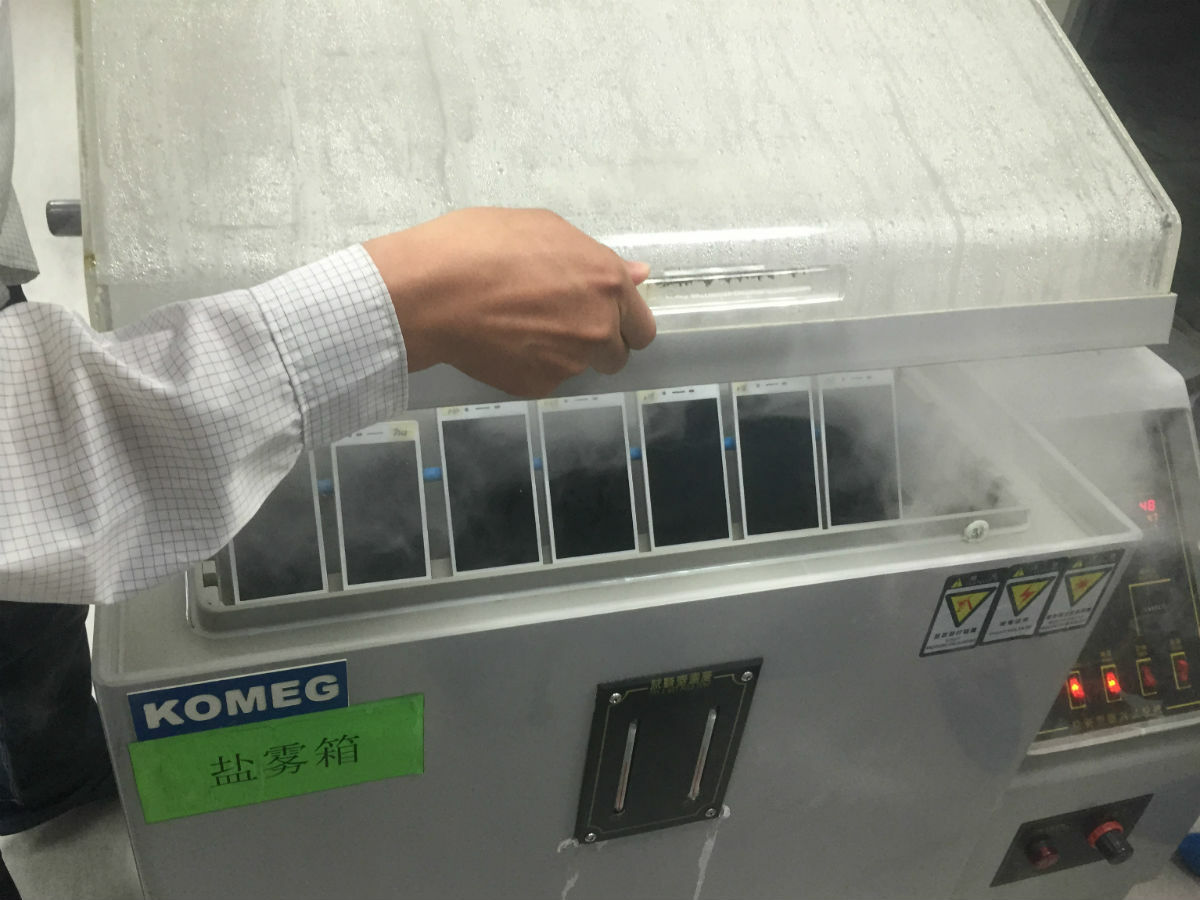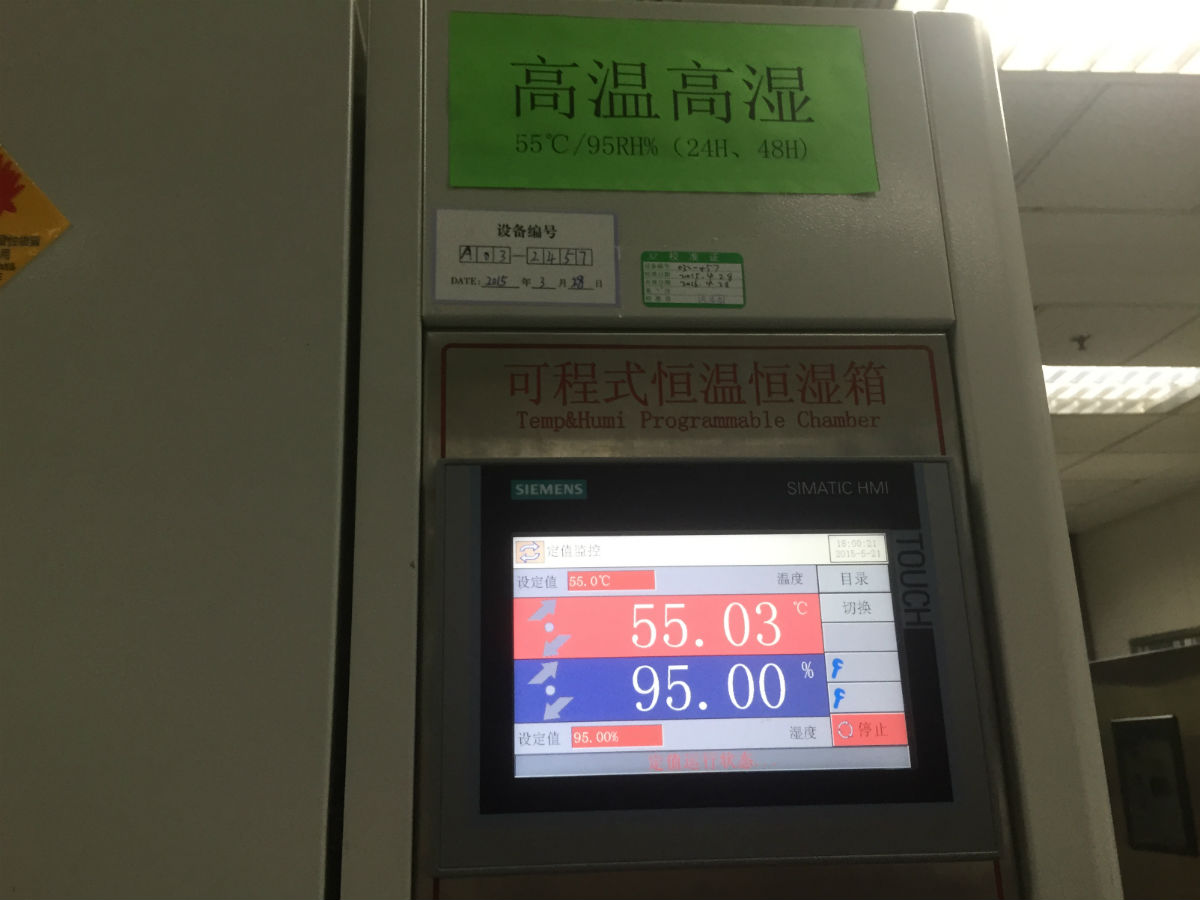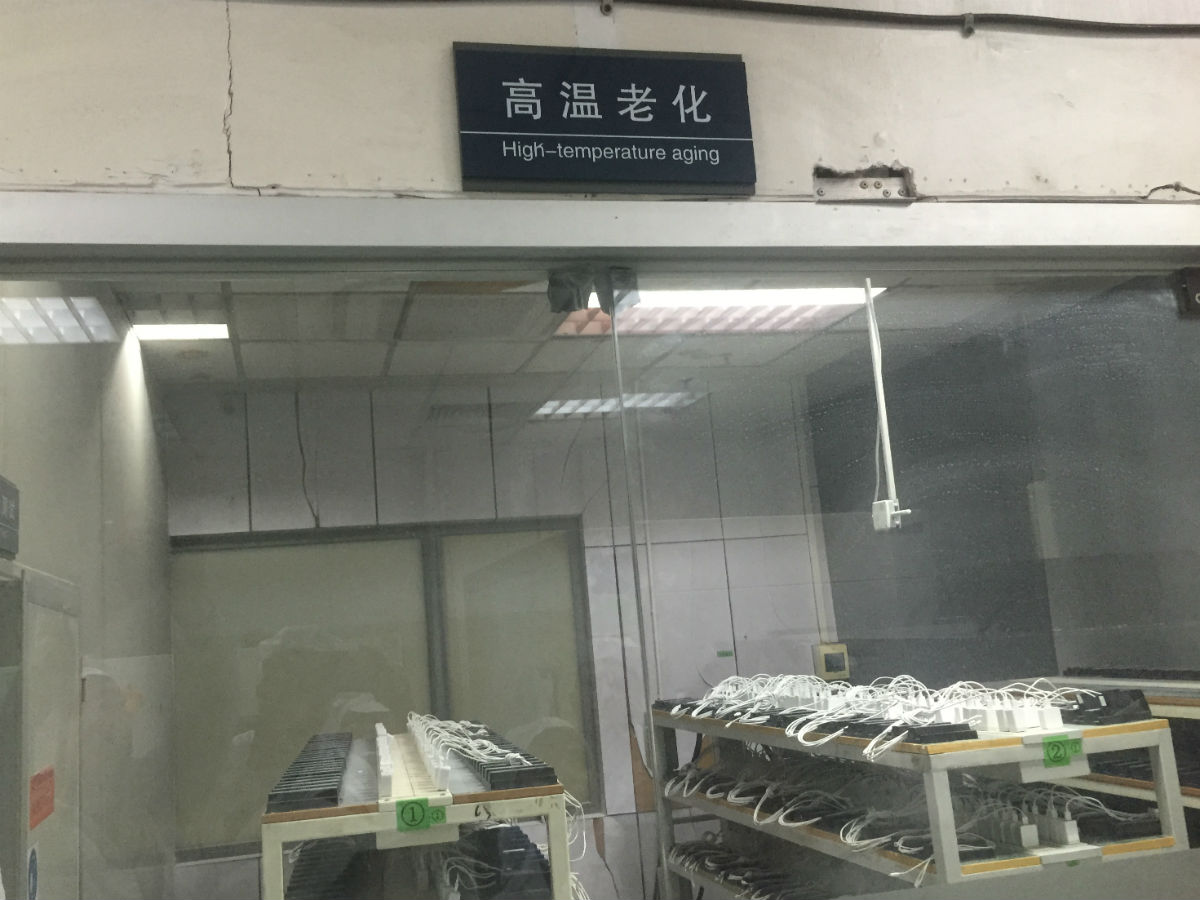Backstage access: a tour through Oppo’s torture factory
Brace yourself: graphic images of phone torture after the jump
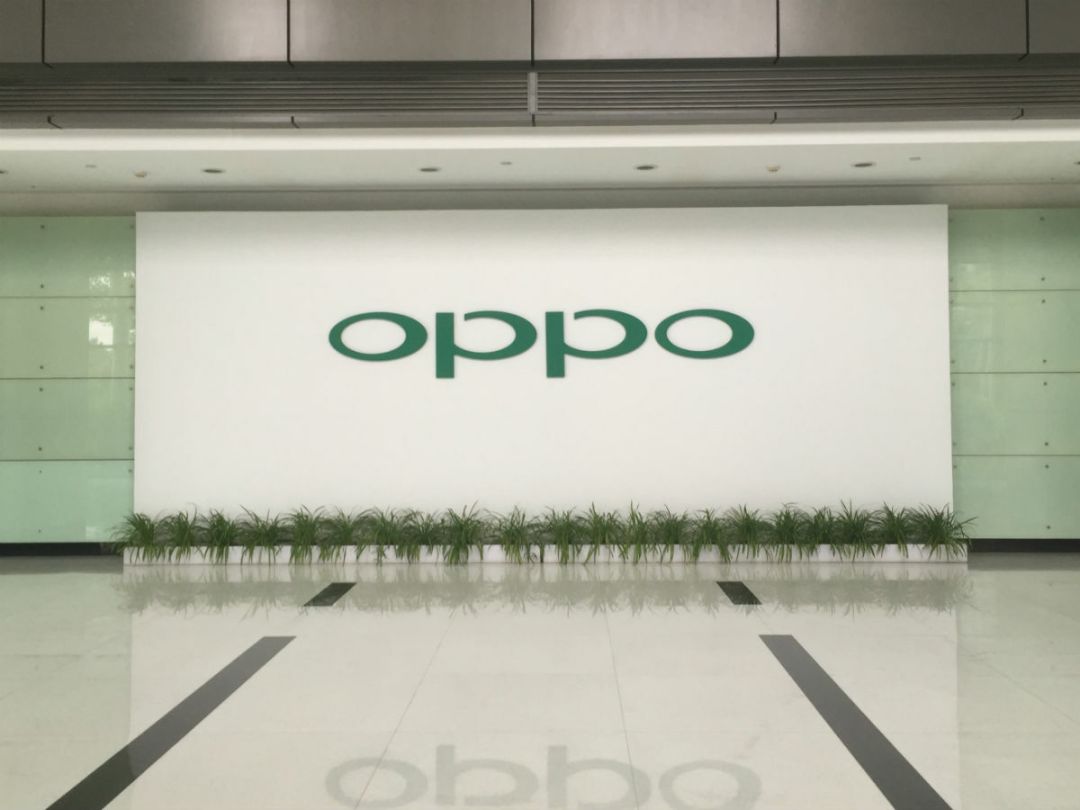
Phones don’t have the easiest of lives. They spend most of their day shoved in a pocket, regularly get dropped and are summarily ditched as soon as a sexy younger model becomes available.
But worse still, before you even get your mucky hands on them they have to endure an arduous testing process which would leave even the strongest of them trembling with fear. If they were alive. Which they’re obviously not.
We had the opportunity to wander through the secret chambers of Oppo’s factory in Shenzhen, China, recently, and found ourselves fascinated by its quality lab – also known as Dante’s Inferno for all Oppo smartphones.
And unlike other phone makers who like to keep things hush-hush, Oppo is out and proud about the extremes to which they push their phones for the sake of perfection.
Phonemakers, watch and learn. This is how you do a factory tour.
Under pressure
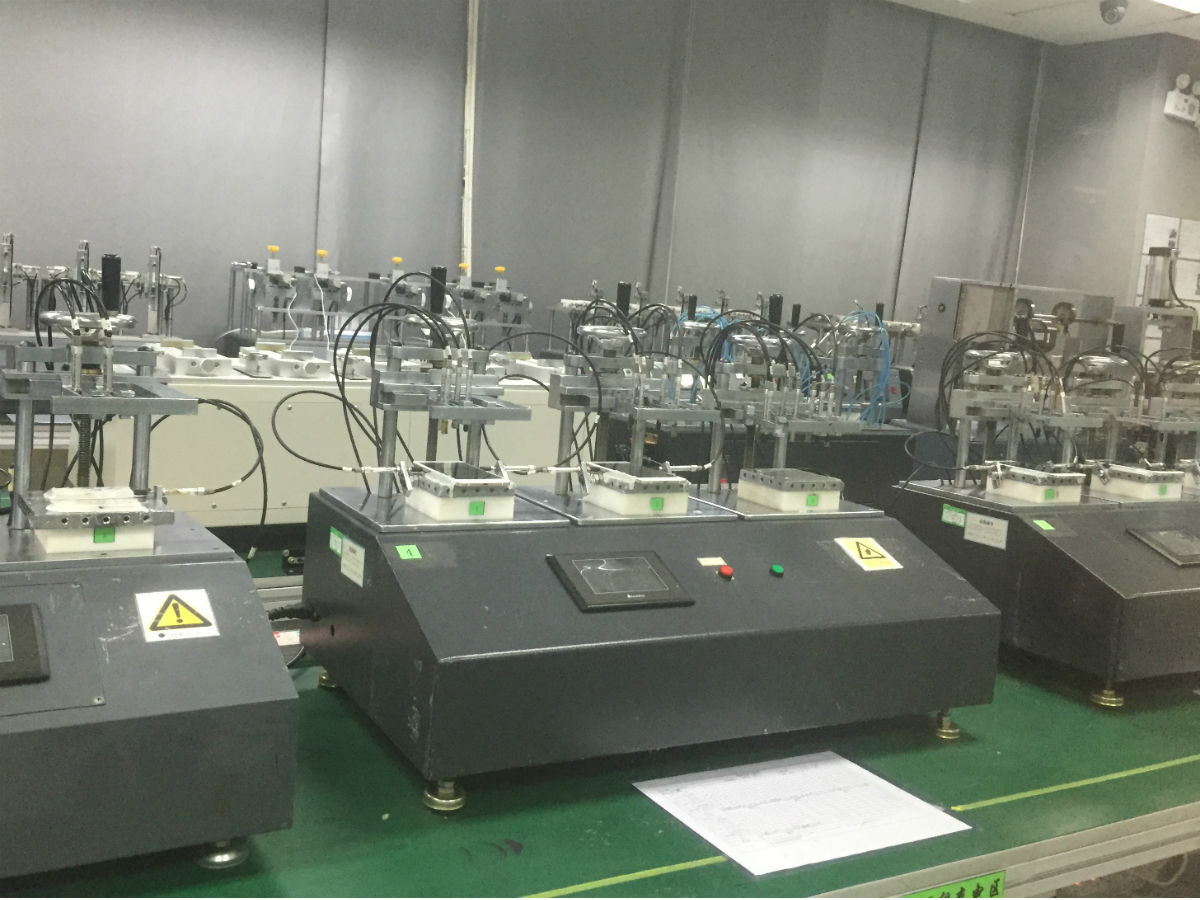
It might not look like there’s much going on here from far, but press your nose up against the glass and you’ll see that the phones have been pinned down and have little rods intently jabbing away at their power and volume buttons with a total pressure of 1kg. This is obviously to simulate day-to-day use, especially when you’re frustratedly trying to up the volume on an important call.
Rinse and repeat some 100,000 times before the phone is released and checked to see if function is intact.
RELATED › Oppo R7 Plus hands-on review
Hard knock life
Next up, there are tests to simulate the common butter-fingered drop and the mishap previously known as Bendgate. The phones also undergo a number of tests simulating scenarios such as keys pressing against your phone, plus the quintessential impact tests.
They’ve got 1m-tall barrels that tumble phones 150 times, machines that drop phones on every side from a height of 7cm (like if you were to suddenly lose your grip on your phone at the table), and also that dreaded freefall test from a minimum height of 1.2m.
The freefall test is done twice for the different corners and edges, and on to a marble surface just like the ones you’re likely to encounter in shopping centres and homes, and then the phones are finally scrutinised to see if they’re still operating fine.
Of course, it’s not all just about the physical trauma that can be dealt to an Oppo phone. Even if you keep a really good grip on your phone for the rest of its life, there are still external factors that can affect its general health.
As such, environmental tests are run to see if factors such as the climate will affect the inner workings of the phone. After all, you don’t want to not have your phone work because of the high humidity where you live. The phones are shut inside a temperature and humidity chamber at 55 degrees celsius and 95% humidity for a total of 48 hours. So you know you can bring your phone into a sauna and not have it keel over on you (although that’s still not the best place for a mobile to thrive).
For those who hate their gadgets heating up after prolonged use, you’ll be glad to know that in the Oppo factory, electrostatic discharge (ESD) tests are also run to monitor the temperature of the phone when making calls to monitor for heating problems and thermal damage. High temperature ageing checks are carried out after keeping running cell phones in a room heated up to 40 degree celsius for 12 days. That’s pretty intense.
Flippy functionality
Even the accessories aren’t spared the abuse. These machines are dedicated to flipping open and shut the leather cases – a total of 300,000 times over a period of seven days – to make sure the covers can withstand the wear and tear of typical use. At the same time, they’re also testing the wake and sleep function of the screen.
RELATED › Samsung Galaxy S6 review
Forged from the rough
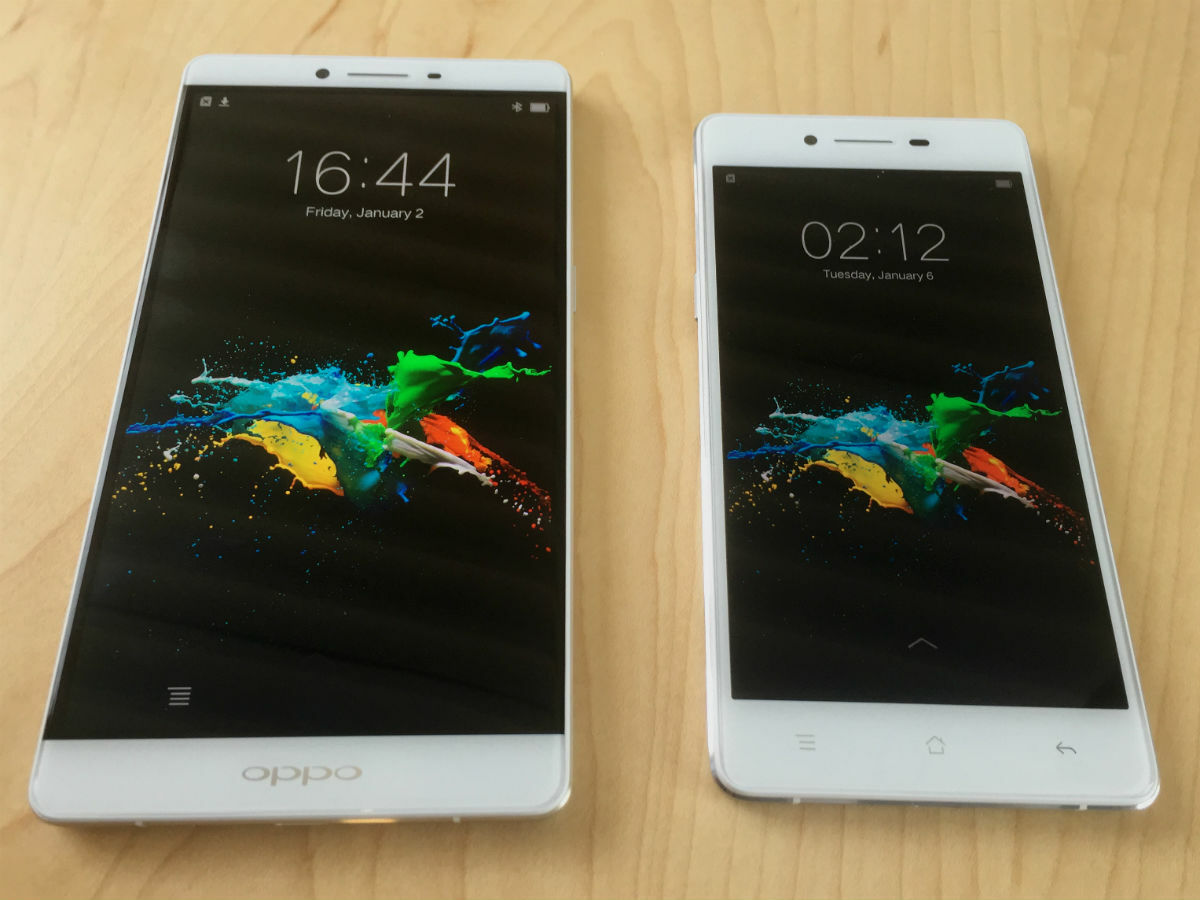
And at the end of some 130 types of different tests that random phones from various batches are subjected to, they’ll halt the entire production process to get to the bottom of things should they find anything amiss.
So rest assured that China-made no longer comes attached with the former stigma of poor quality control. If you need proof, you’ll just need to look at the freshly launched Oppo R7 and R7 Plus.
